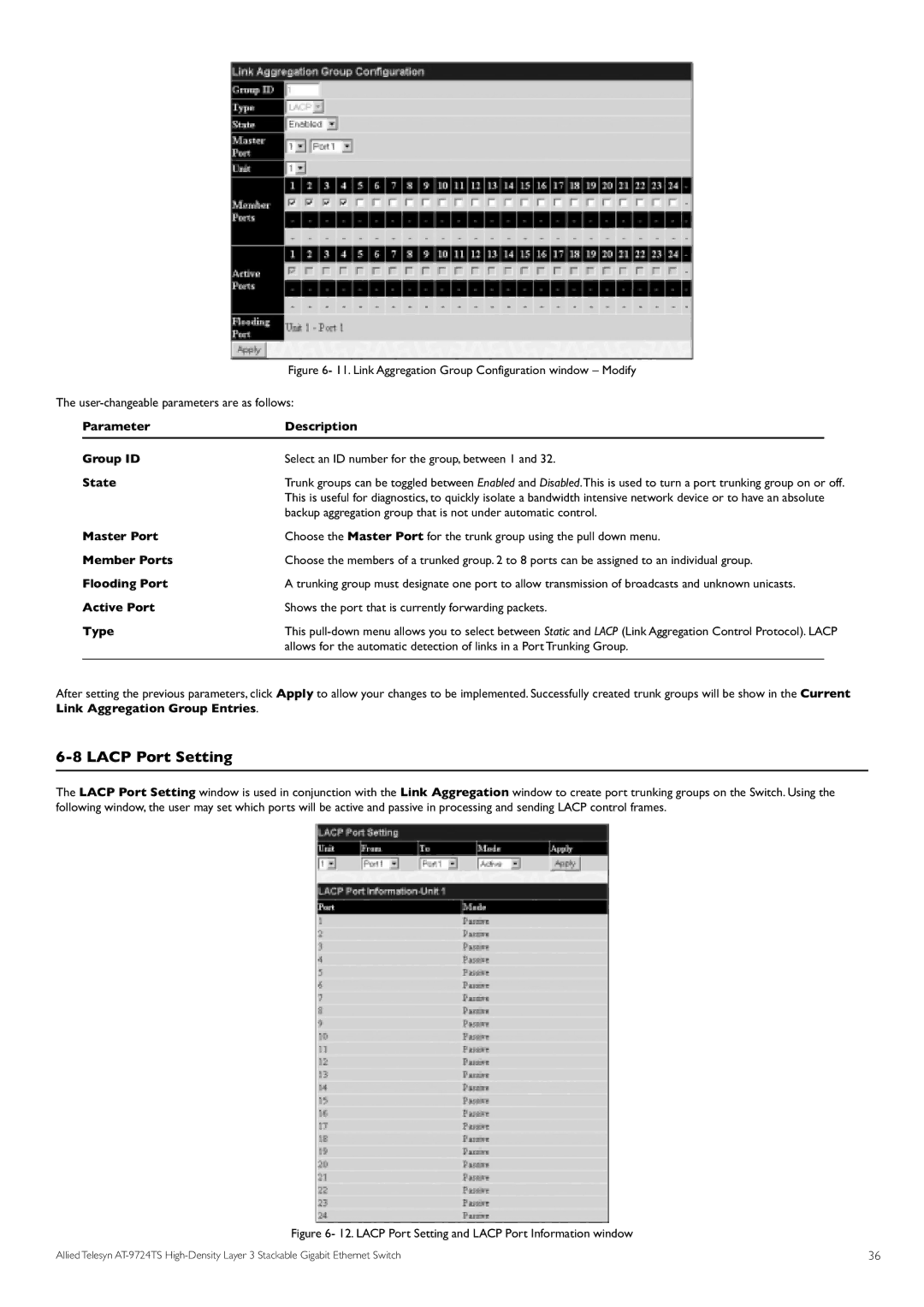
Figure 6- 11. Link Aggregation Group Configuration window – Modify The user-changeable parameters are as follows:
ParameterDescription
Group ID
State
Master Port
Member Ports
Flooding Port
Active Port
Type
Select an ID number for the group, between 1 and 32.
Trunk groups can be toggled between Enabled and Disabled.This is used to turn a port trunking group on or off. This is useful for diagnostics, to quickly isolate a bandwidth intensive network device or to have an absolute backup aggregation group that is not under automatic control.
Choose the Master Port for the trunk group using the pull down menu.
Choose the members of a trunked group. 2 to 8 ports can be assigned to an individual group.
A trunking group must designate one port to allow transmission of broadcasts and unknown unicasts. Shows the port that is currently forwarding packets.
This
After setting the previous parameters, click Apply to allow your changes to be implemented. Successfully created trunk groups will be show in the Current Link Aggregation Group Entries.
6-8 LACP Port Setting
The LACP Port Setting window is used in conjunction with the Link Aggregation window to create port trunking groups on the Switch. Using the following window, the user may set which ports will be active and passive in processing and sending LACP control frames.
Figure 6- 12. LACP Port Setting and LACP Port Information window | 36 |
Allied Telesyn |
